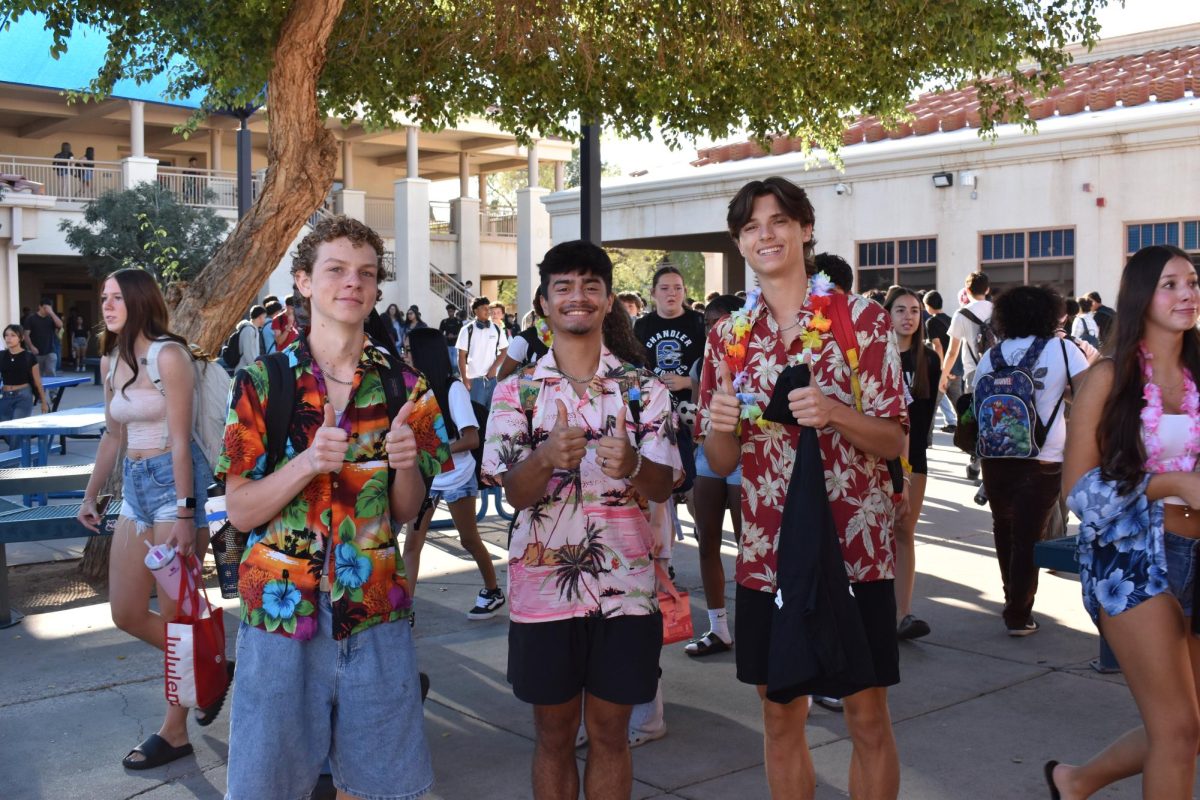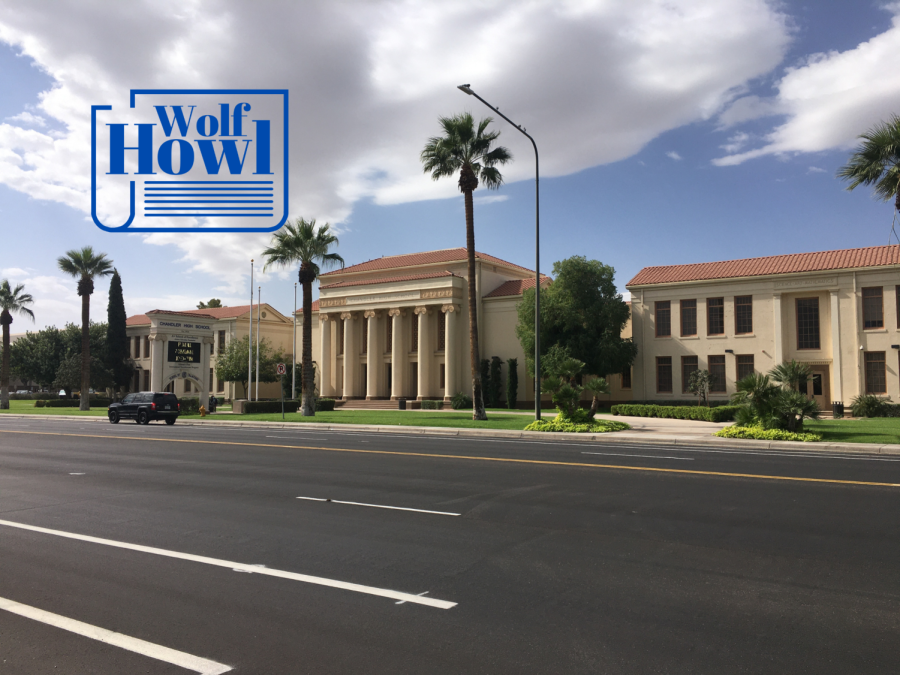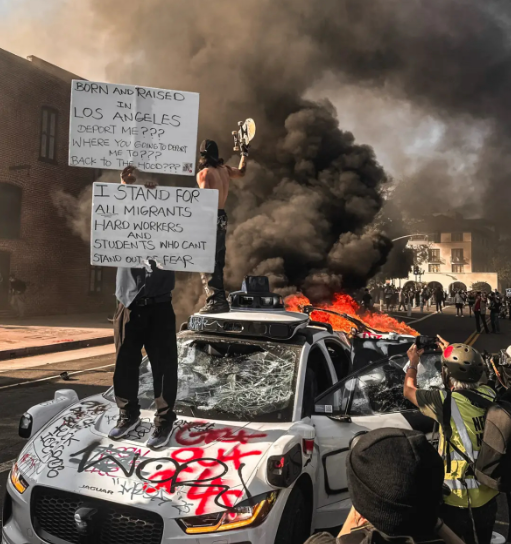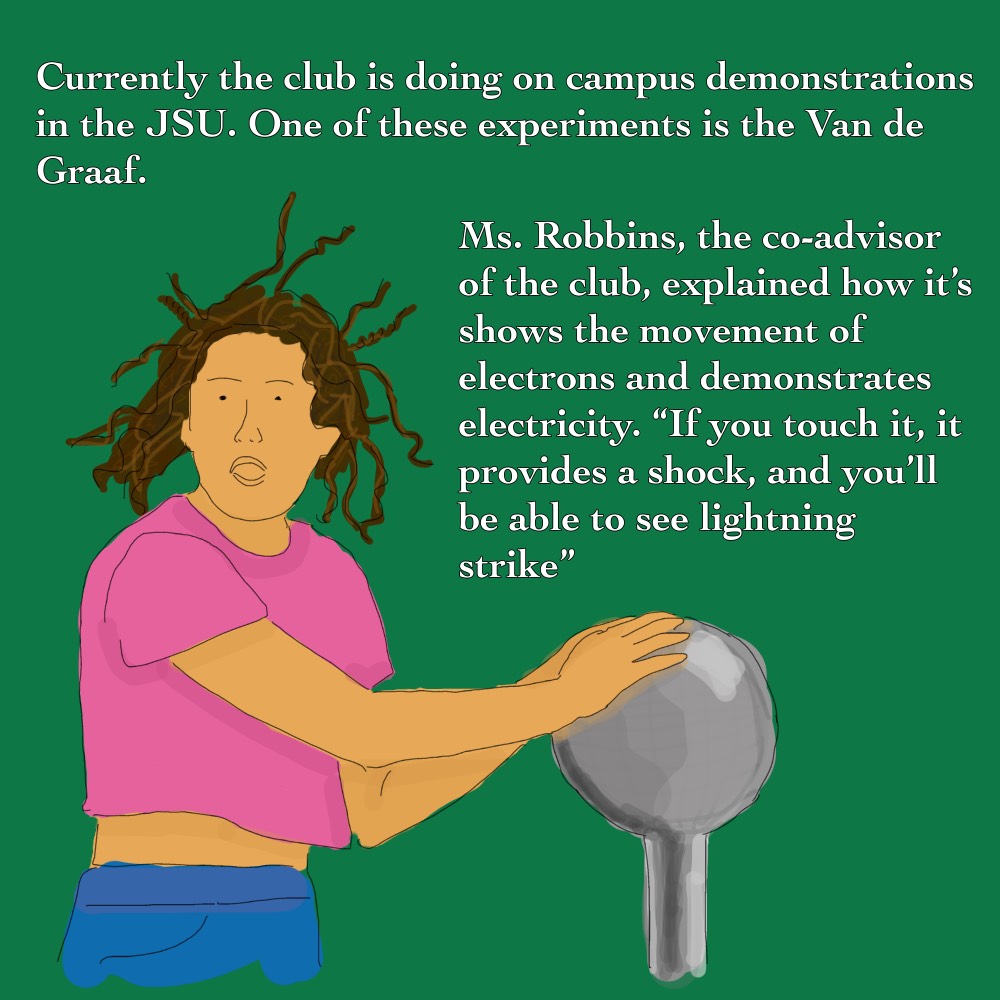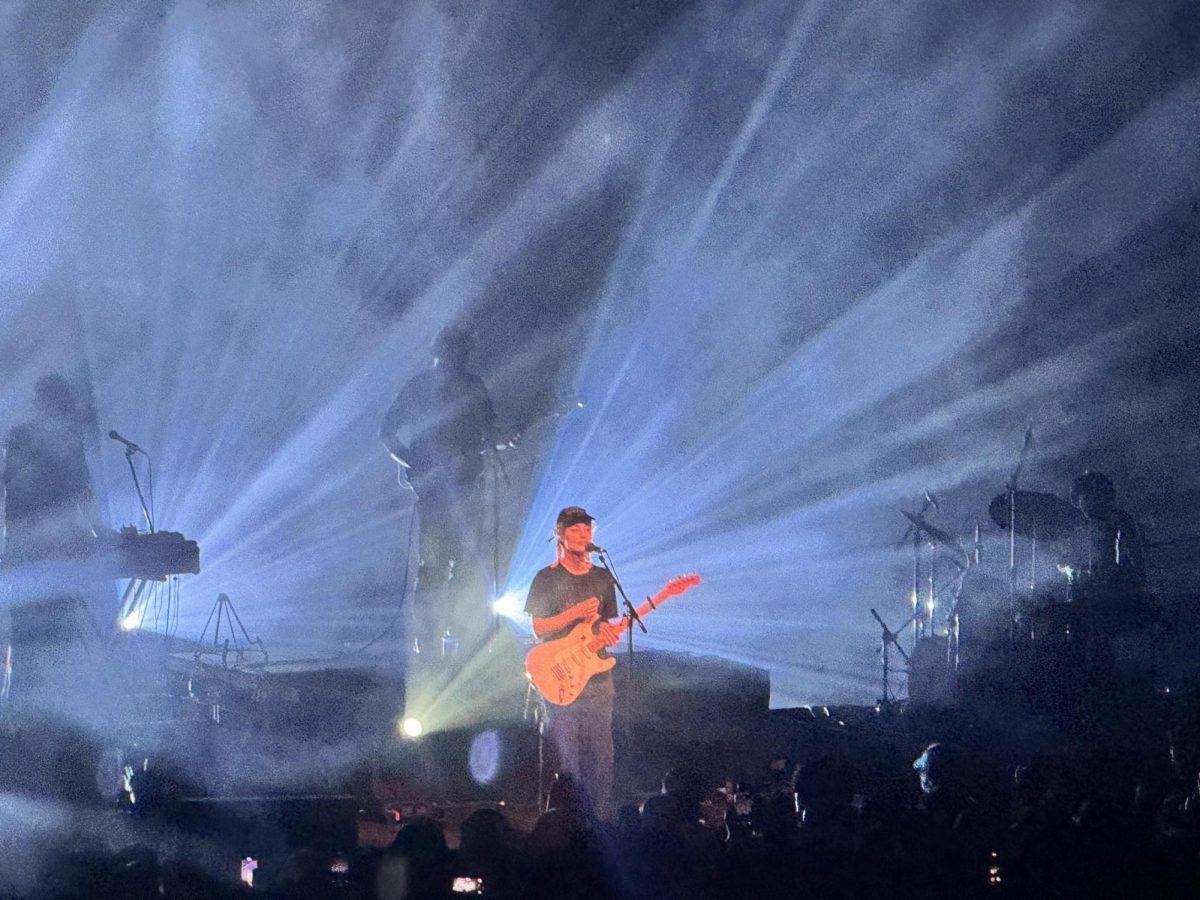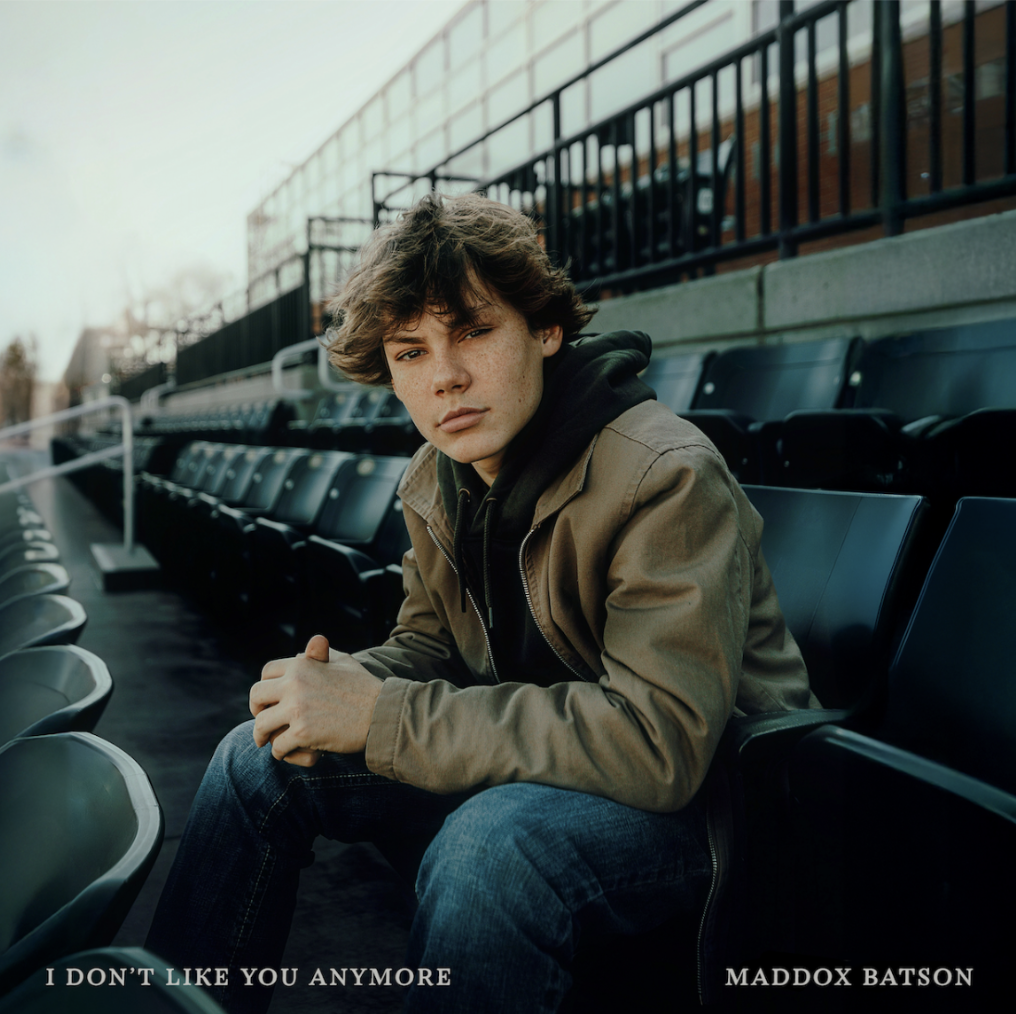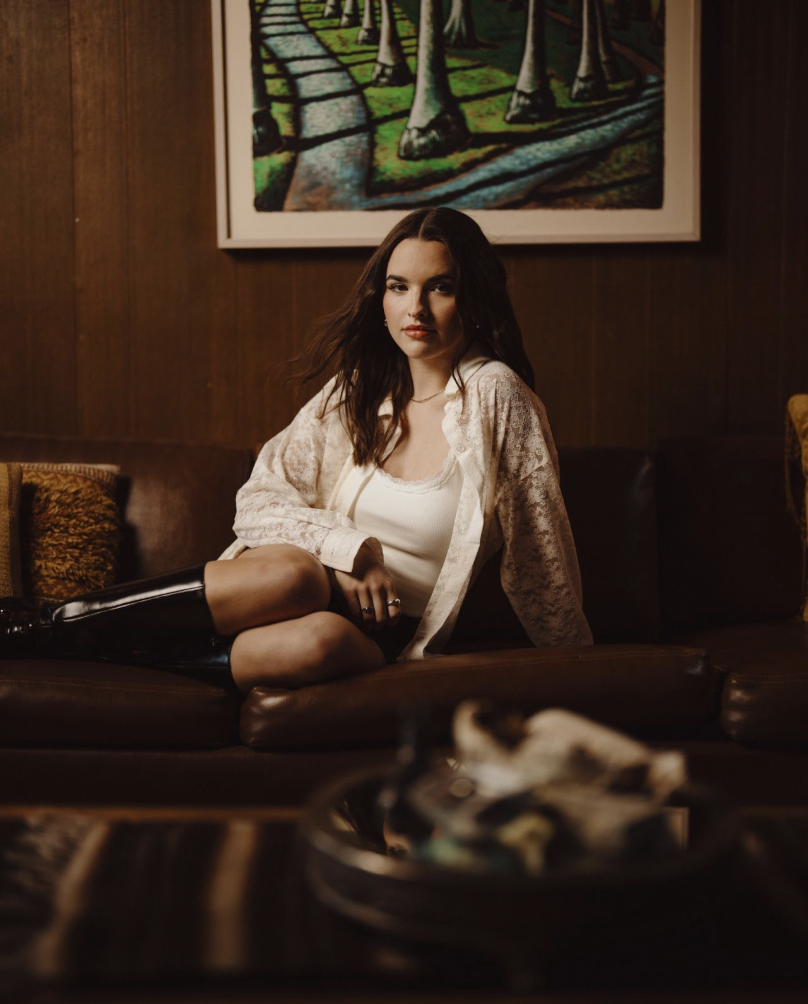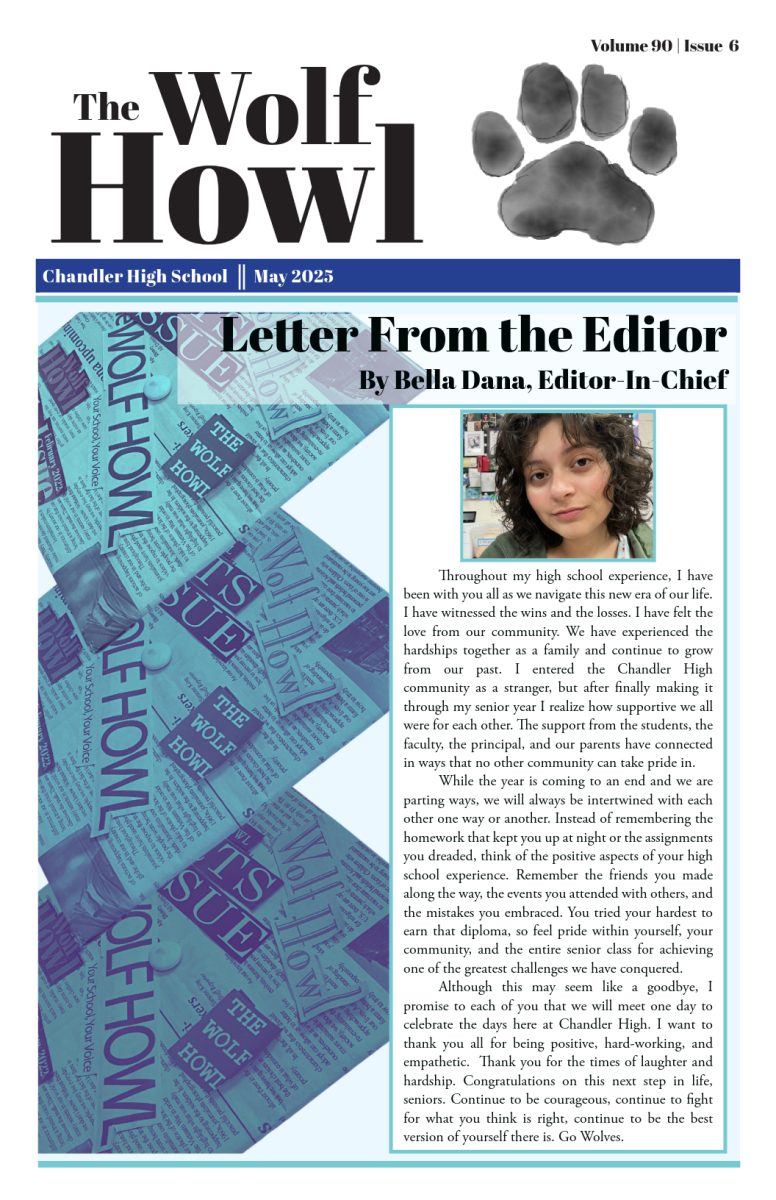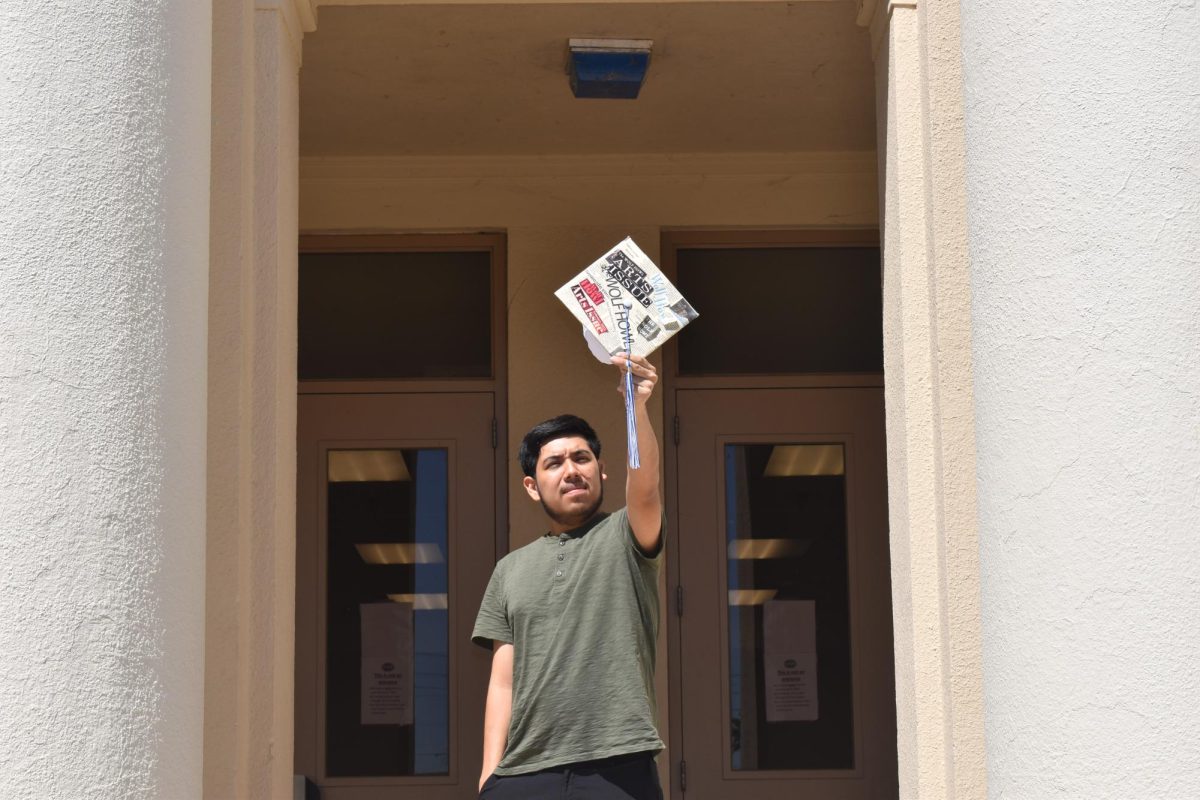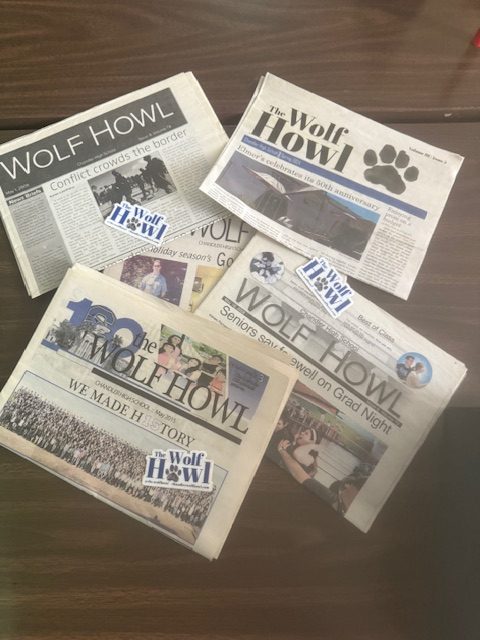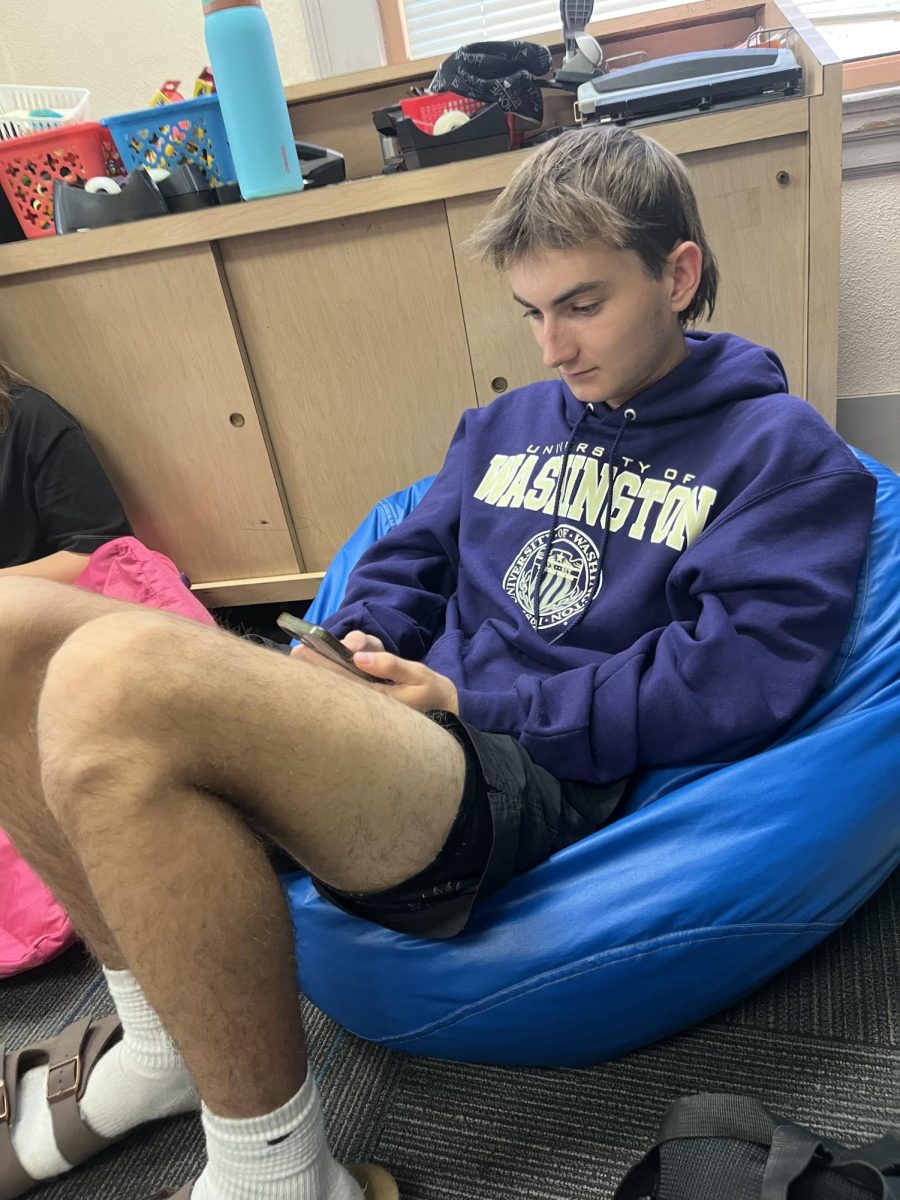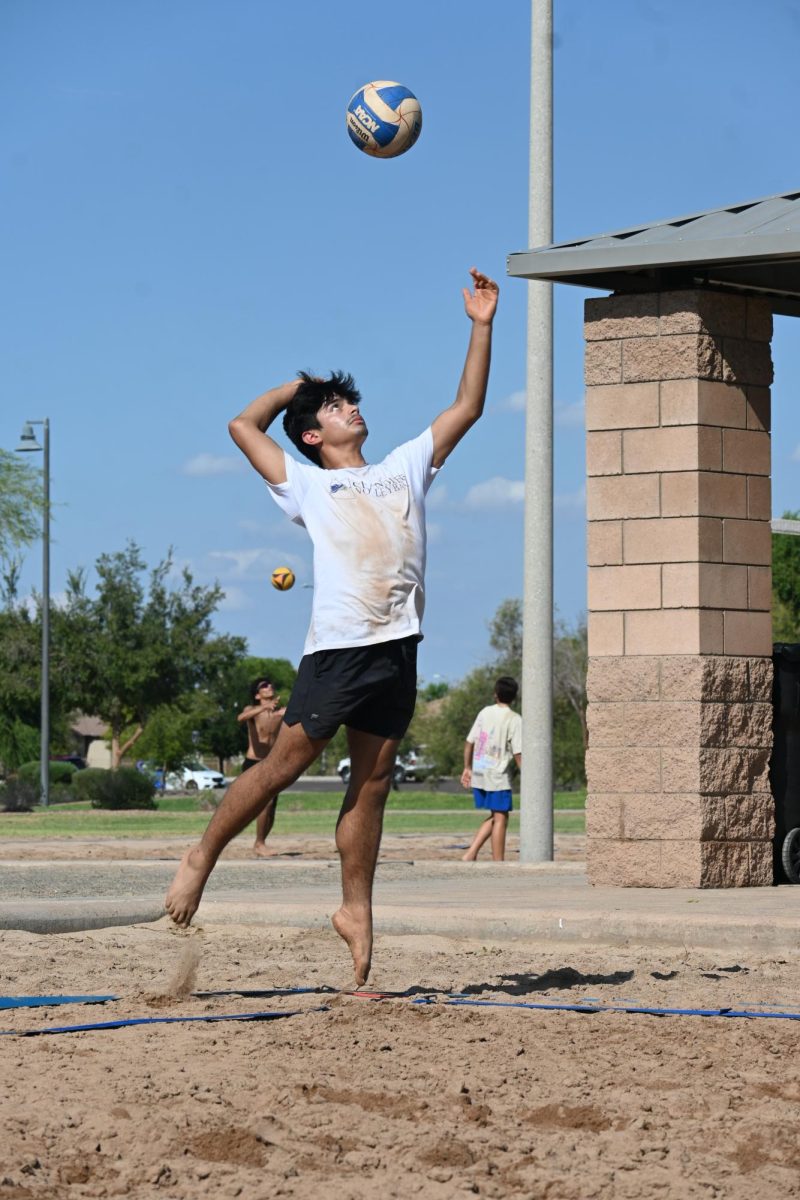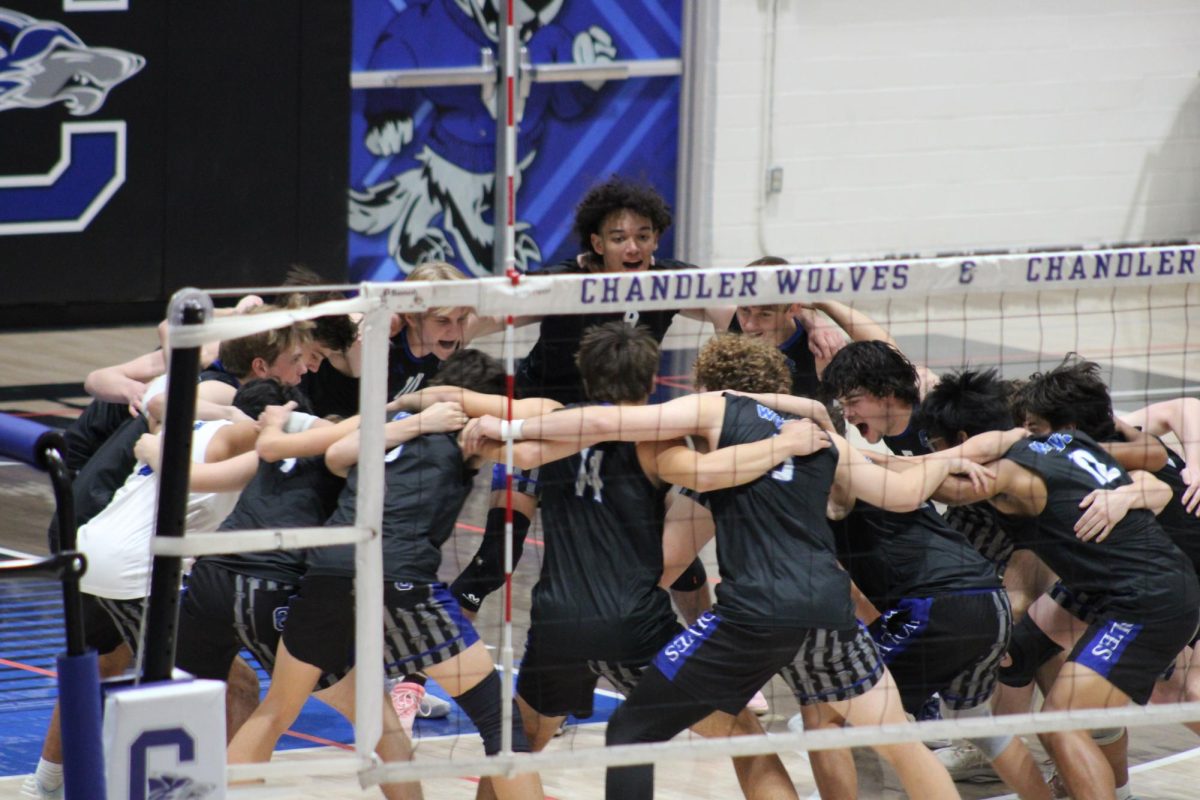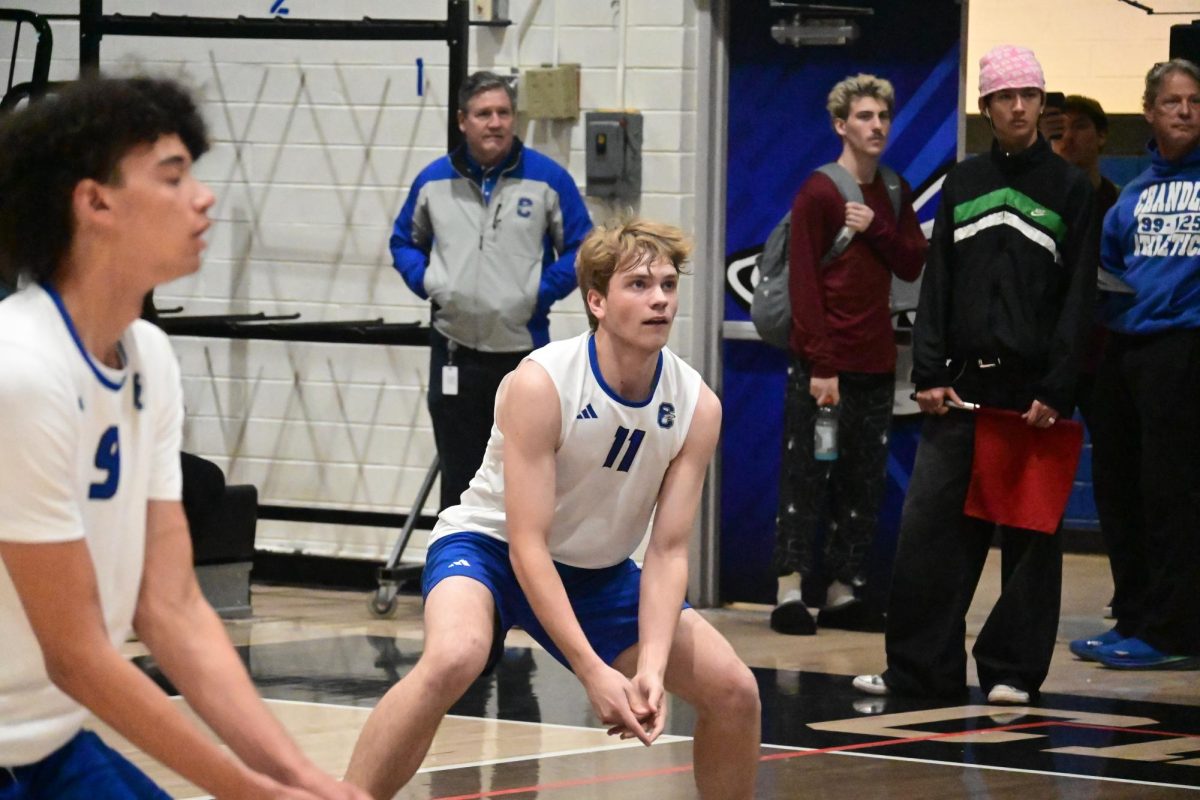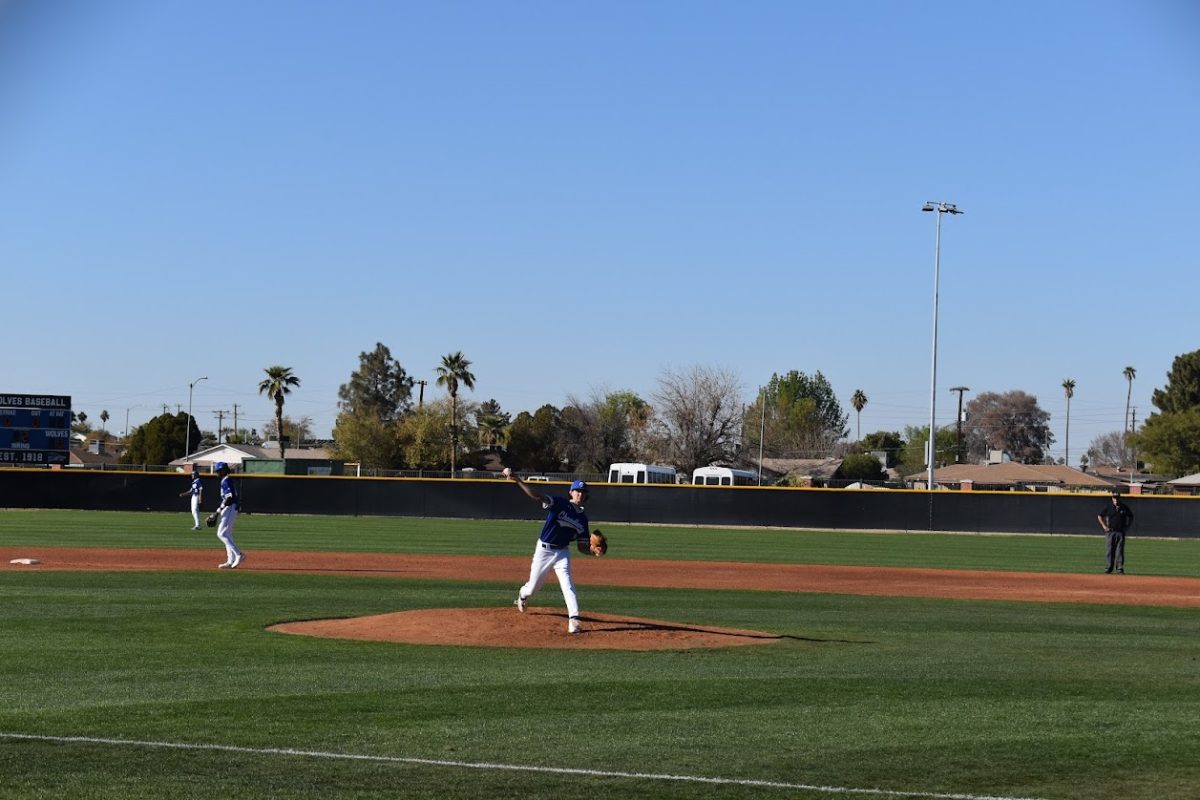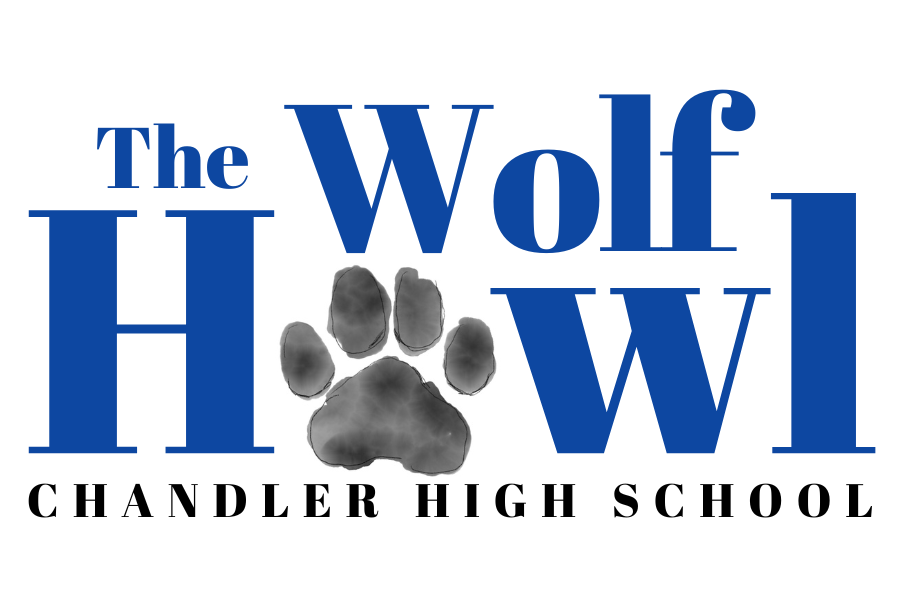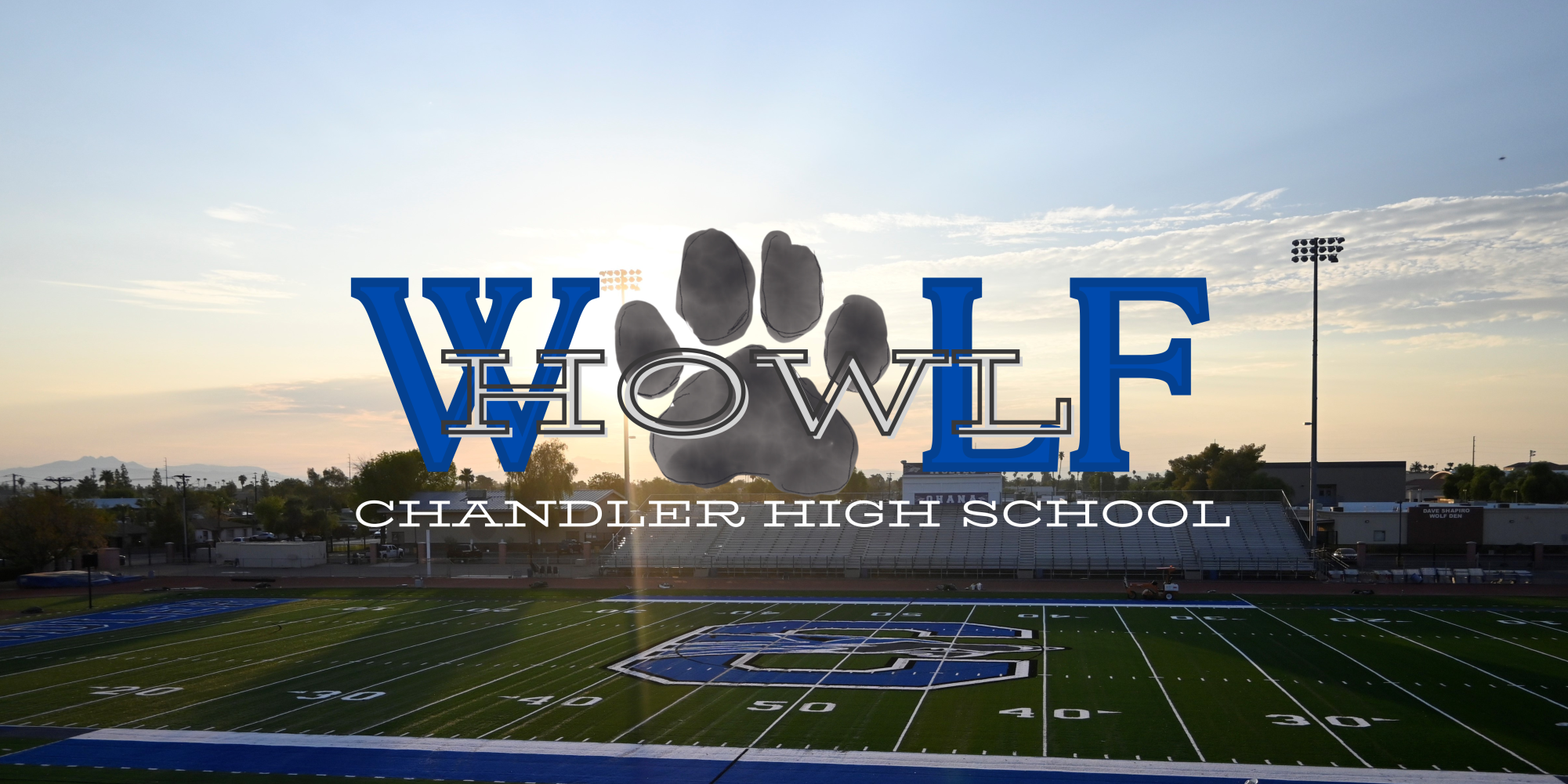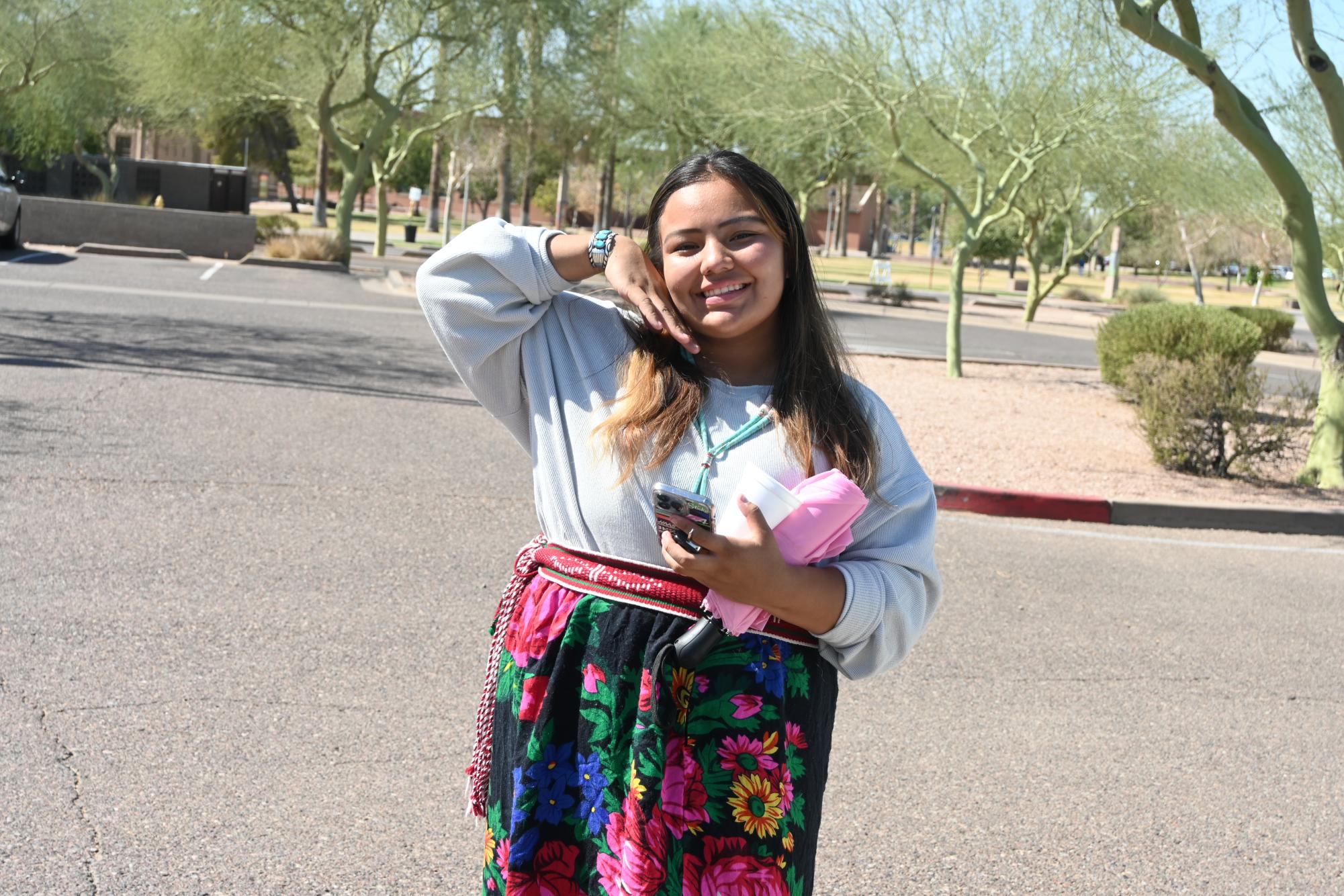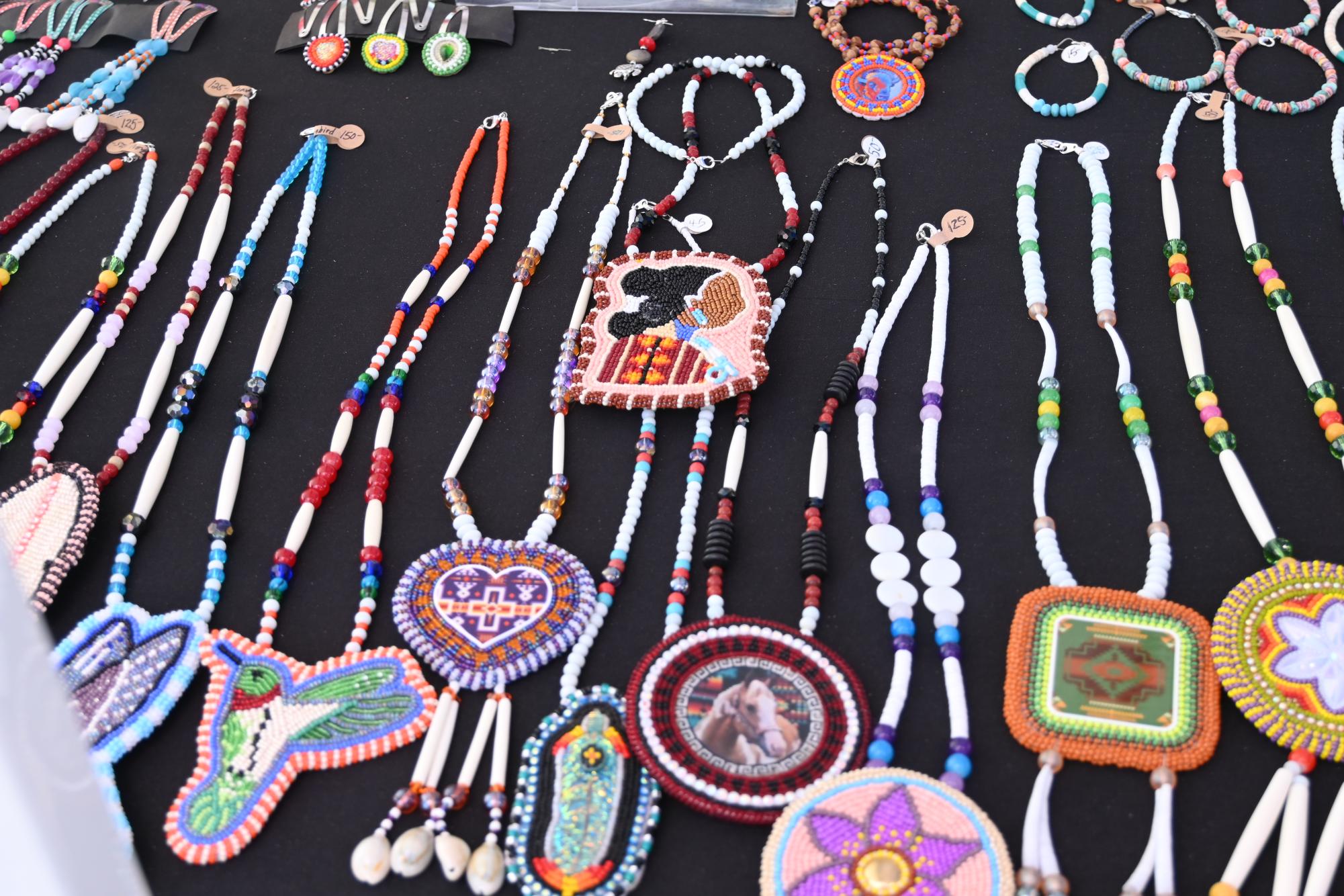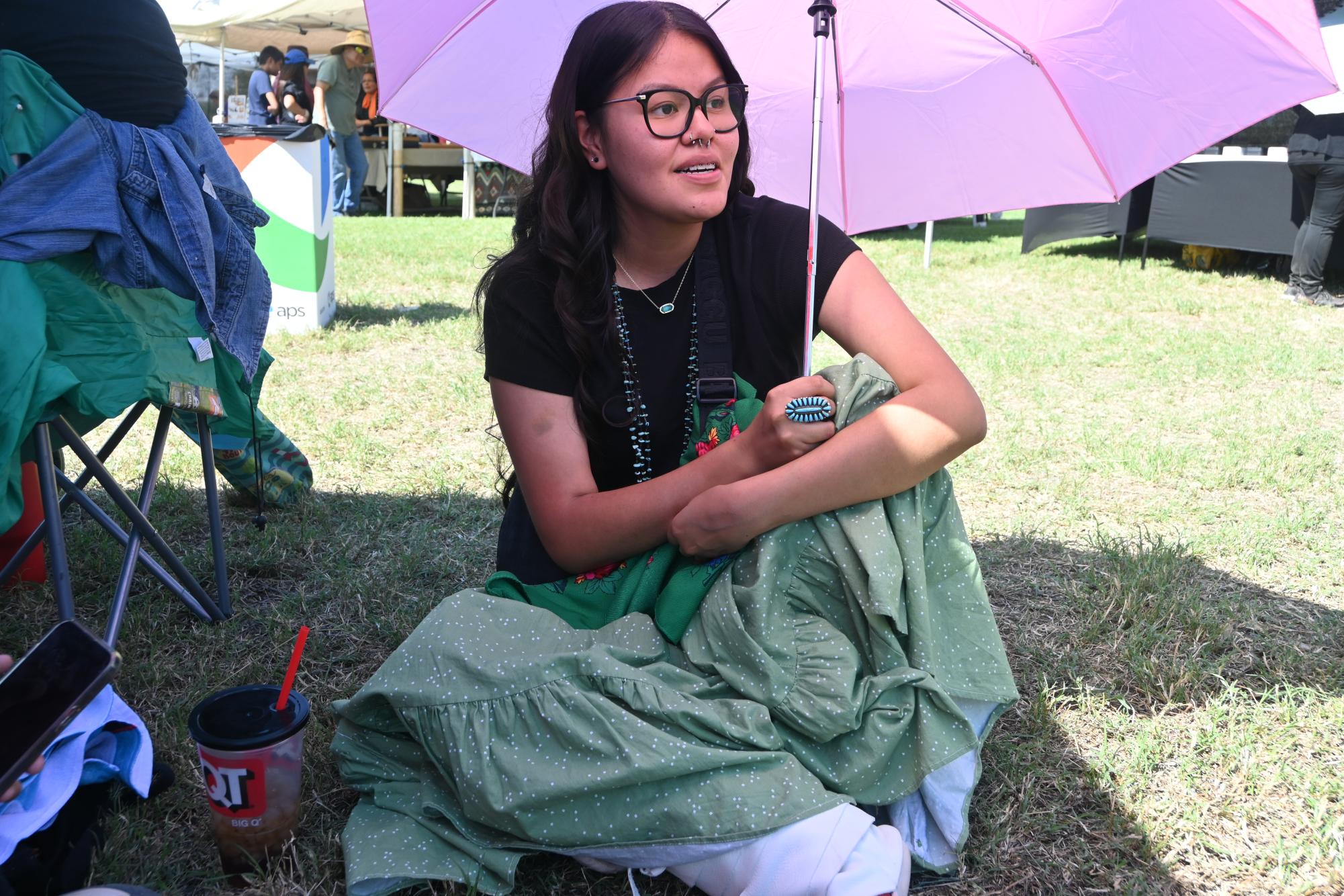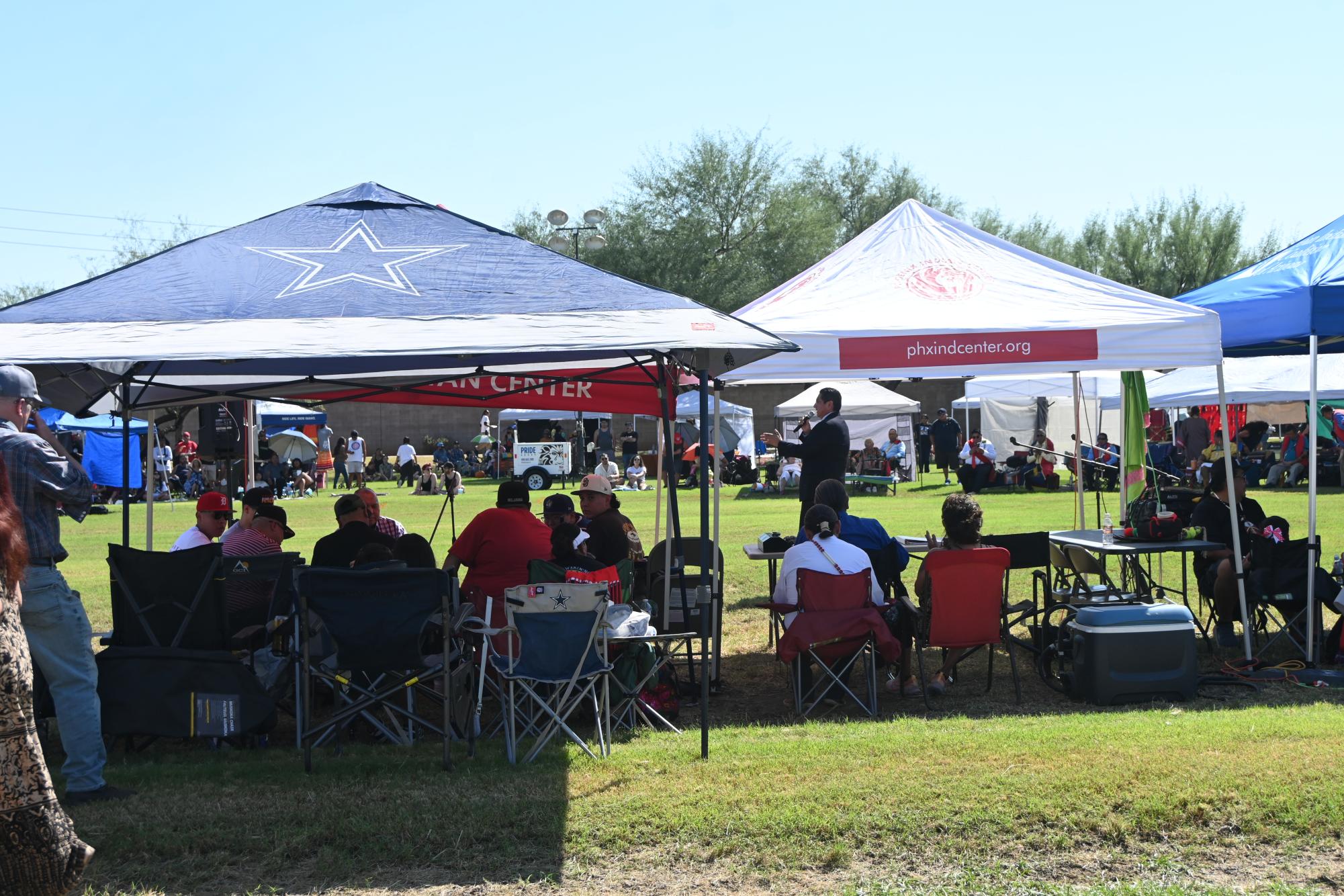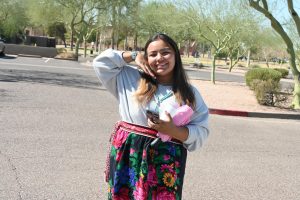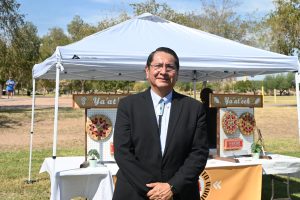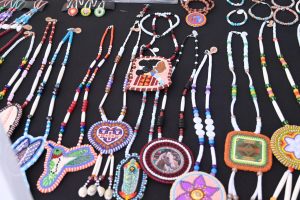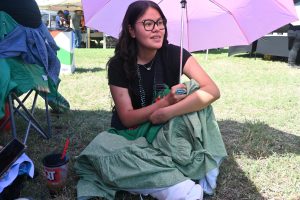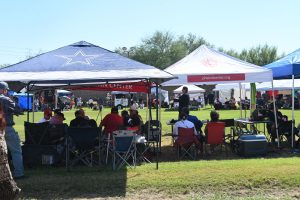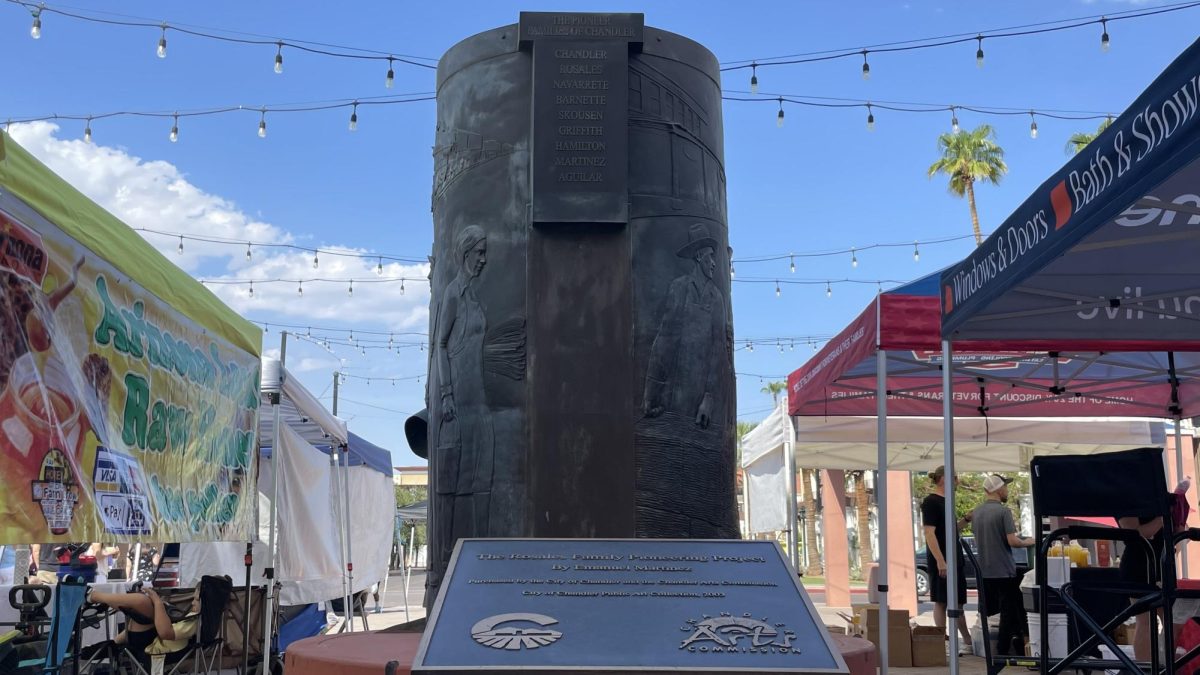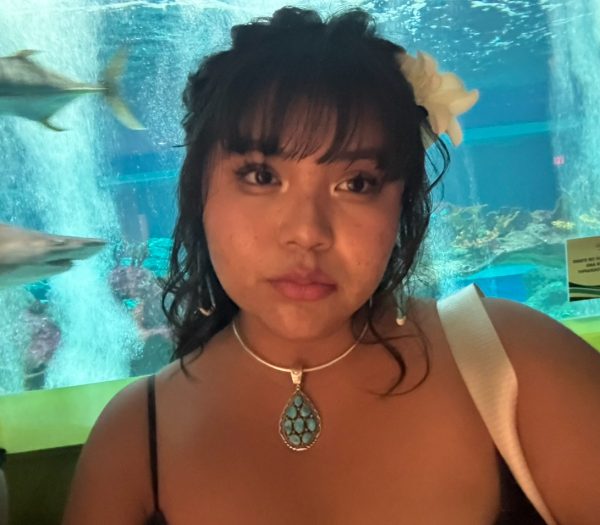As the rhythmic beat of the drums echoed throughout the grounds and vibrant dancers moved forward in unison, the chill breeze in the air slowly faded as the 2024 N.A.R.D. Powwow came alive, a celebration of Indigenous culture, history, and unity.
The Native American Recognition Day (N.A.R.D.) Powwow commenced at 10AM on Saturday, October 12, 2024, at Steele Indian School Park in Phoenix, AZ. This year’s N.A.R.D. Powwow drew in attendees from many different tribes, age groups, and locations across the Southwest, celebrating not only the rich tradition of native cultures but also fostering a strong sense of community among participants. This year’s N.A.R.D. Powwow was graciously hosted by Phoenix Indian Center and included vibrant dances, traditional songs, and opportunities to honor the heritage that has shaped generations.
During the powwow, the student members of Future Inspired Native American Leaders (F.I.N.A.L) Youth Council of Phoenix Indian Center had the chance to introduce themselves and thank everyone for coming. Participants enjoyed eating Navajo Tacos, mutton sandwiches, fried bread with various toppings, and even Piccadillys, a snow cone flavored with pickles and Kool-Aid. Former Navajo Nation President Nez was also an attendee and spoke about the importance of civic participation in local and federal government.
Kayana Tsosie, a senior a Camelback High School and a member of F.I.N.A.L Youth Council, also described the importance of the event for the indigenous community in Phoenix: “It’s really a positive thing, a powwow, especially in an urban area in Phoenix, because we don’t really get that much indigenous representation [here].”
Powwow. What does that mean? In literal terms, it means a North American Indian Ceremony but deep down to many, it means coming together to celebrate—it’s a home. A Powwow has an importance to keep Native traditions alive. Powwows help preserve and pass on traditions like songs, dances, and languages to the younger generation. It builds unity within and between communities. Many Powwows incorporate spiritual elements like blessings, prayers, and ceremonies that honor the earth, ancestors, and the Creator. They reinforce cultural values and provide healing. Dancers and drummers express their identity, pride, and history through traditional regalia, performances, and storytelling. It is a key way of showing the resilience and strength of Native Americans. This powerful celebration not only honors the rich tradition of Native Americans but also seeks to ignite a movement of recognition and cultural pride that continues to inspire generations to come.
Before the Indian Religious Freedom Act was passed in 1978, the US federal government used the residential school system to suppress young indigenous people’s connection to their culture and religion. For generations, the beat of the drum was silenced and the sacred songs faded into whispers, as Native voices were silenced and their ceremonies hidden from view, deemed illegal even on their own land. Since then, however, the Powwow drumbeat has roared back to life, a powerful symbol of resilience.
Quentin Begay, a program manager for F.I.N.A.L. Youth Council, described the importance of events like this one: “It brings the community together. Gets the urban natives all in one place … If someone is missing home or not traditional from here, they get together and pretty much build a community.”
This weekend, the community came together and created a loving place. A place where the grass holds you up as you dance, a place where you introduce yourself in front of your community, a place where people smile and laugh. Native American Recognition Day becomes not just a day of acknowledgement but an opportunity to experience Native American resilience.

